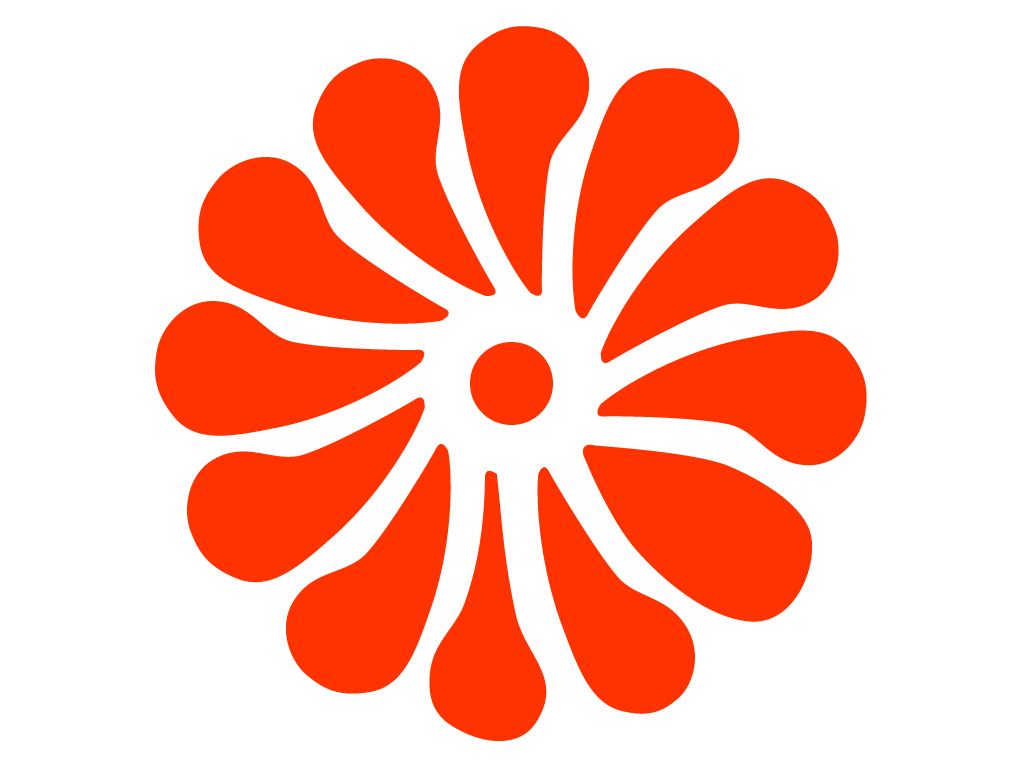Satureja hortensis: A Versatile and Aromatic Herb
Satureja hortensis, commonly known as Summer Savory, St. Julian’s Herb, Satyricon, or Stone Basil, is a highly esteemed herb, particularly in Canada. Unlike its perennial counterpart, Winter Savory, Satureja hortensis is an annual herb that belongs to the Lamiaceae family of plants and is native to Southern Europe. It enjoys widespread usage in various cuisines, including Canadian, Bulgarian, Romanian, Provencal, and throughout Europe. With its delightful aroma and peppery flavor reminiscent of thyme, Satureja hortensis is a beloved addition to culinary endeavors.
Description: Satureja hortensis, renowned for its culinary value, stands approximately 45cm or 18in tall. The slender, aromatic green leaves of this herb are its distinguishing feature. The lilac-colored flowers it produces during the summer months attract bees, enhancing the vitality of the surrounding garden. From June to September, Satureja hortensis blooms, adding a touch of charm to any herb garden or landscape.
Cultivation of Satureja hortensis:
Planting: Satureja hortensis thrives in full sun, so it is best to select a location that receives ample sunlight. The herb prefers light and sandy soil that is moderately fertile but well-drained. It shows a preference for alkaline soil conditions, making it an excellent choice for gardens with such characteristics.
Propagation: Satureja hortensis is propagated through seeds. It is important to note that the germination process for Satureja hortensis seeds can be slow. To ensure a successful establishment, sow the seeds early in March or April, providing the necessary warmth and moisture for optimal germination.
Uses and Benefits:
Satureja hortensis holds various traditional uses and benefits:
- Culinary: The leaves of Satureja hortensis are commonly used in culinary practices, particularly in Canada, where it is comparable to sage. Its peppery taste akin to thyme adds depth and flavor to a wide range of dishes.
- Medicinal: Satureja hortensis has been employed in traditional medicine to reduce fever and aid in soothing bee stings. Its leaves contain certain properties that make it a useful natural remedy.
- Gardening: As an insect repellent, Satureja hortensis can deter aphids and other pests from surrounding plants, making it a valuable addition to gardens. Its aromatic presence contributes to creating a pleasant and pest-resistant gardening environment.
Satureja hortensis, with its versatility and aromatic qualities, is a delightful herb to grow and incorporate into various culinary creations. Whether you’re seeking to enhance the flavor of your dishes or add a touch of fragrance to your garden, Satureja hortensis is sure to delight your senses. Embrace the culinary and medicinal benefits this herb offers while enjoying the beauty it brings to your outdoor spaces.
Satureja hortensis is known as:
German: Bohnenkraut
Netherlands: Bonenkruid
France: Sarriette
Italy: Santoreggia
Portugal: Segurelha
Spain: Ajedrea
Greece: θρούμπι (throúbi)
Poland: cząber
Bulgaria: чубрица (chubritsa)
Romania: cimbru
Hungary: borsikafű
Serbia: чубар (čubar)
Ukraine: чабер (chaber)
Uzbekistan: жамбил (jambil)






